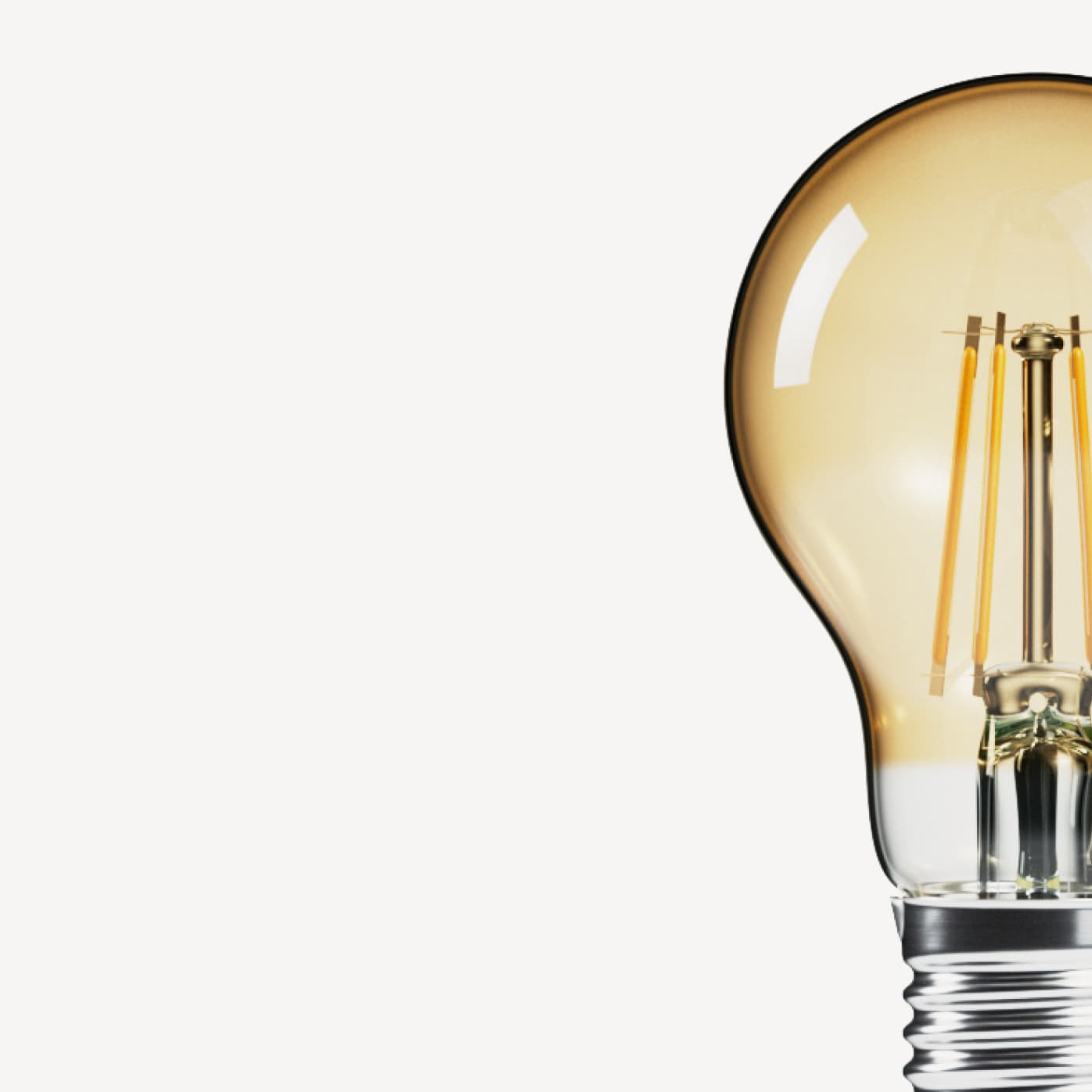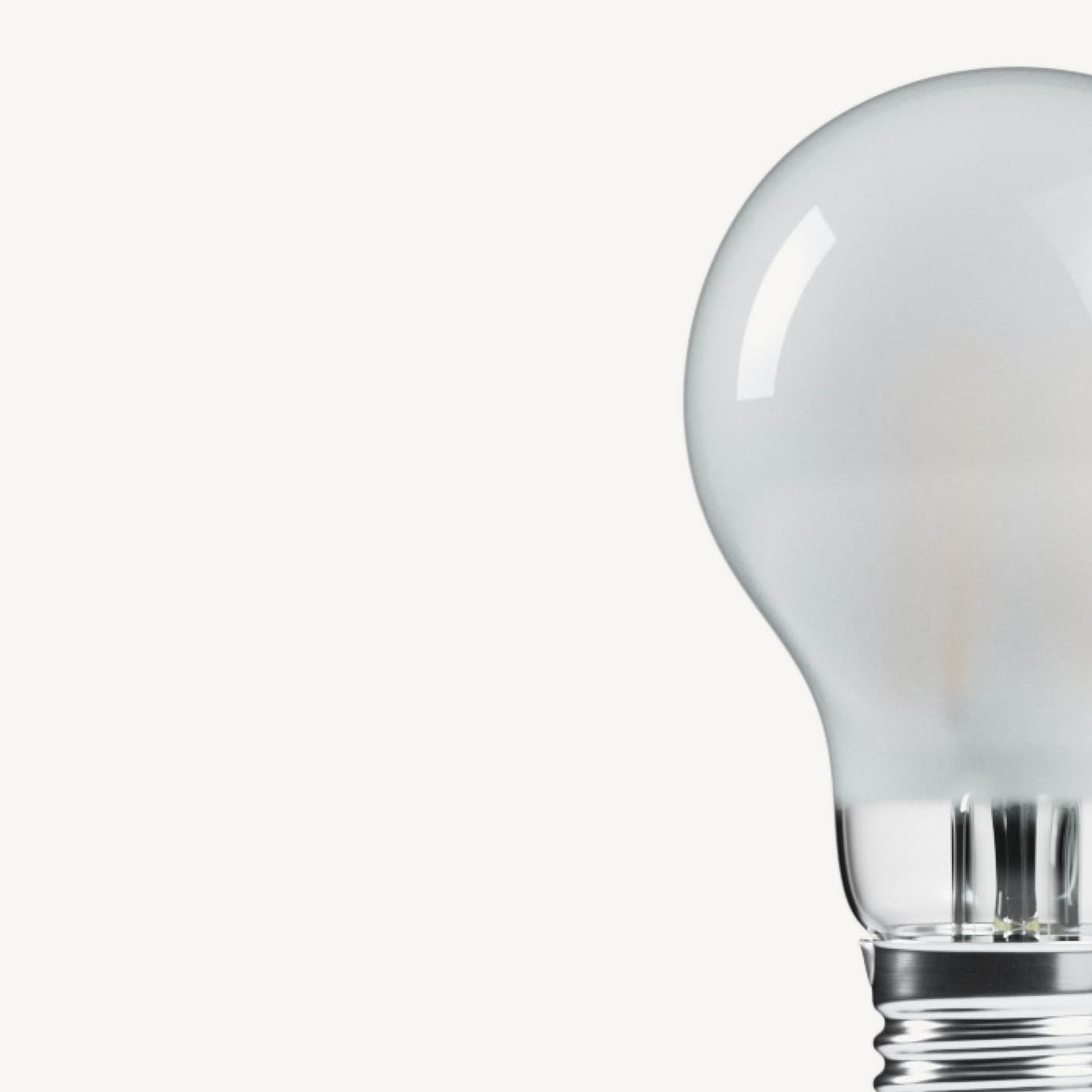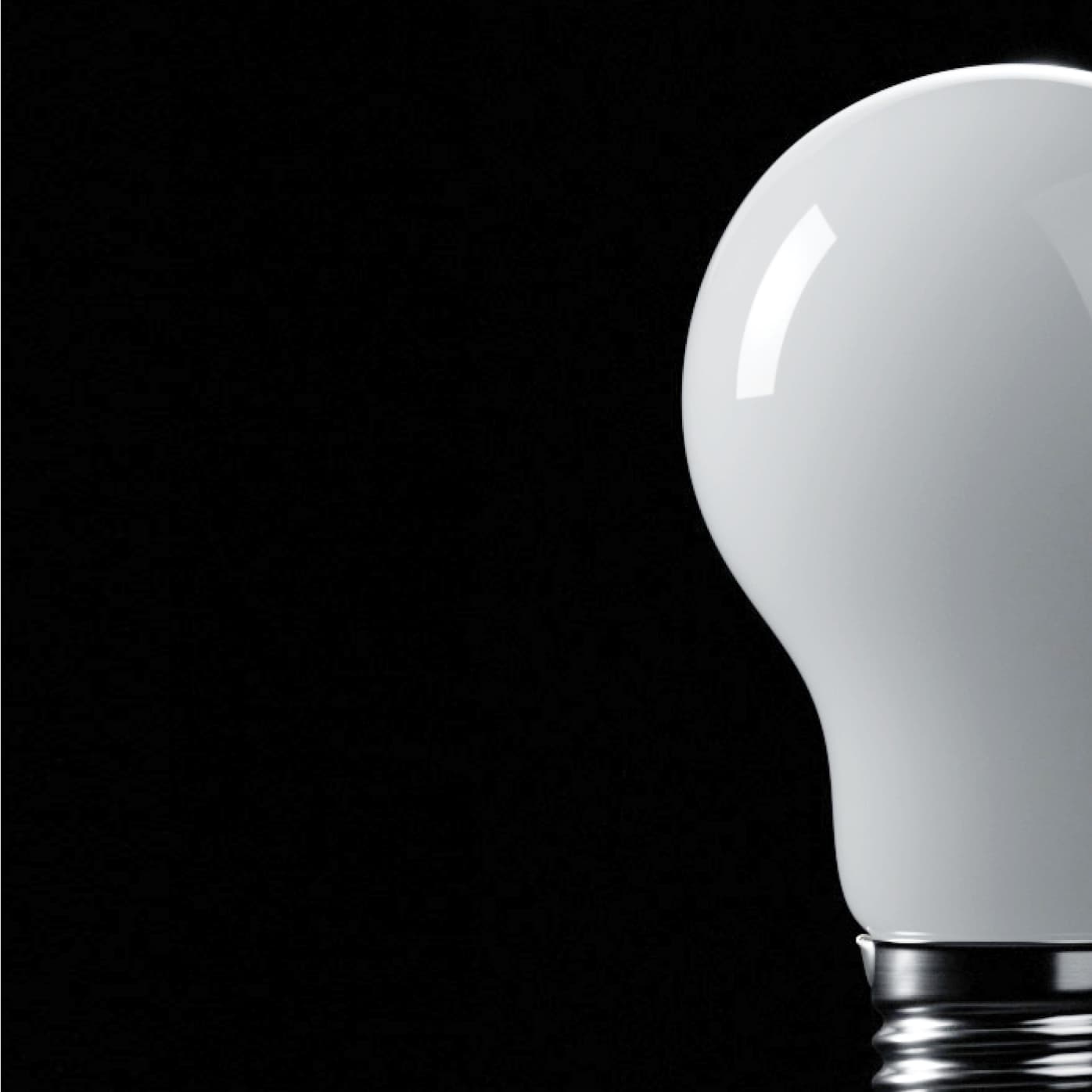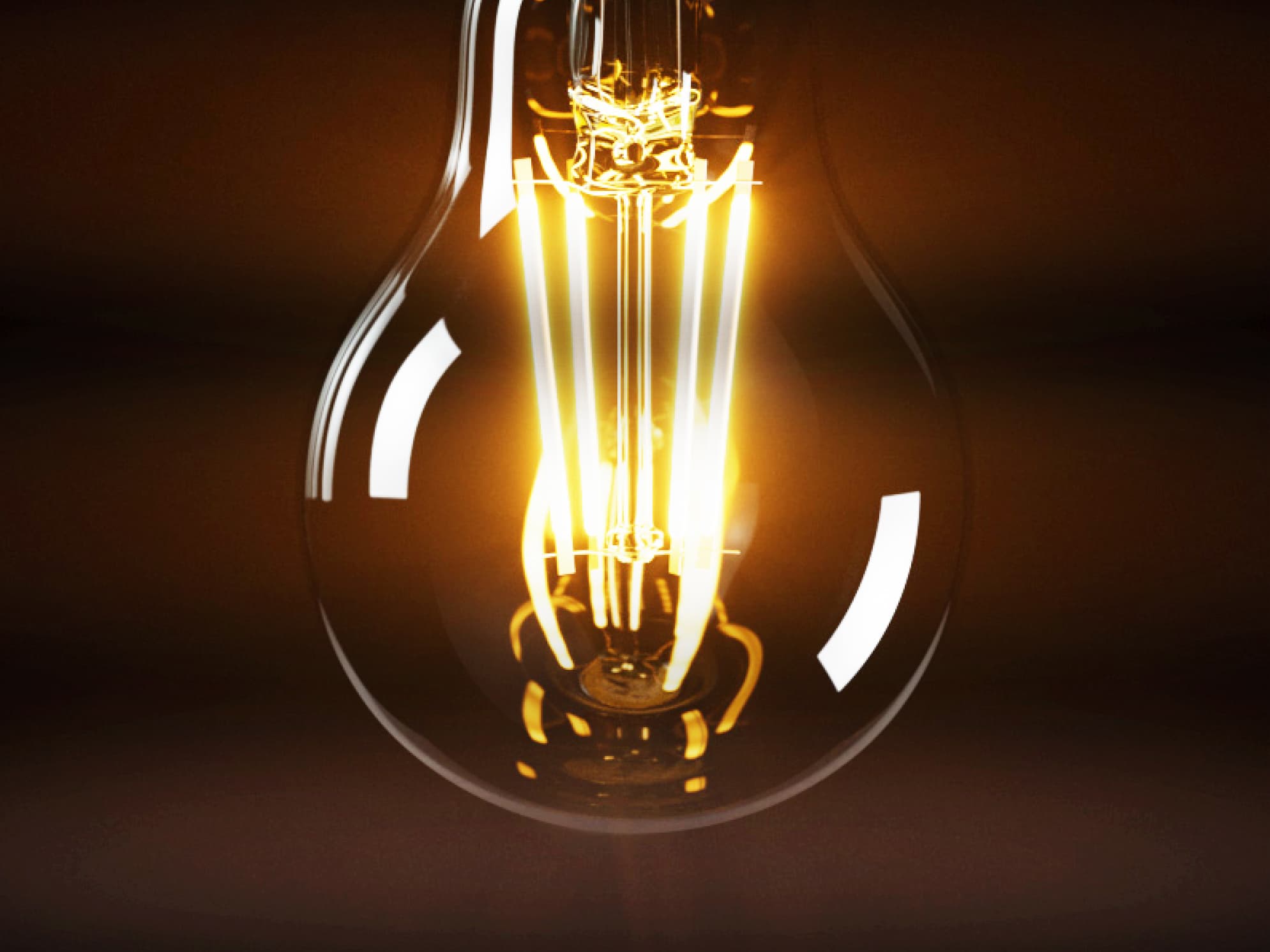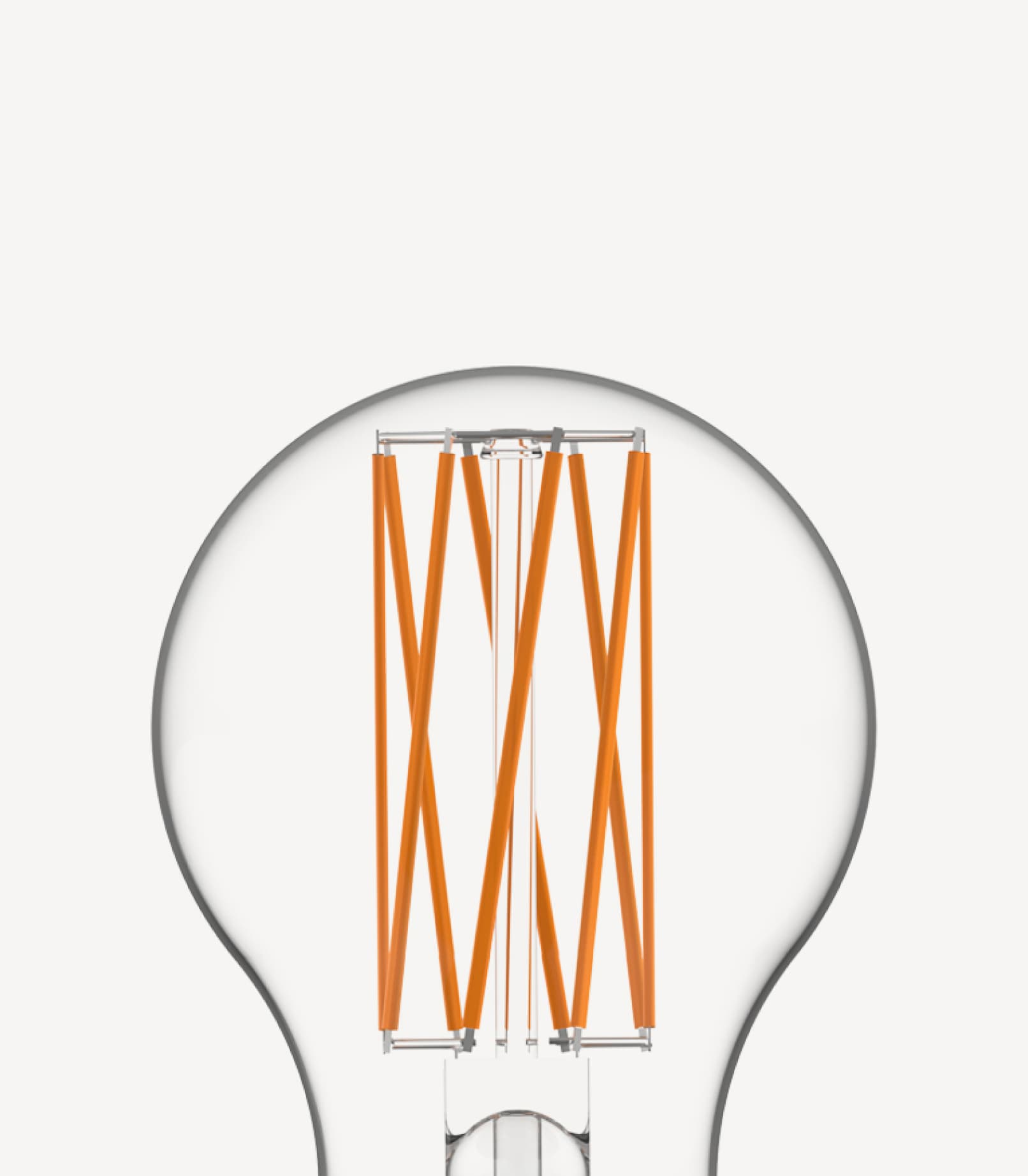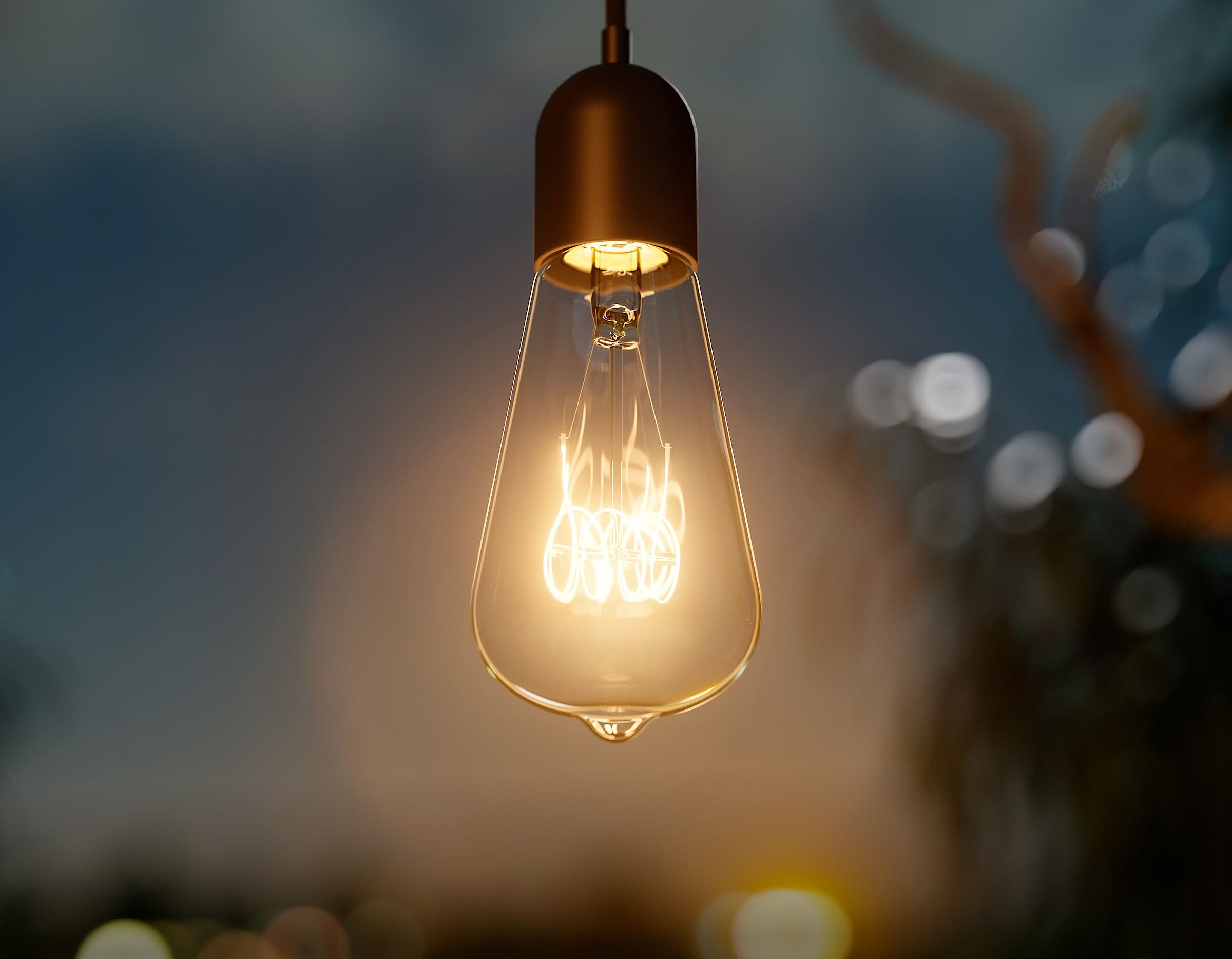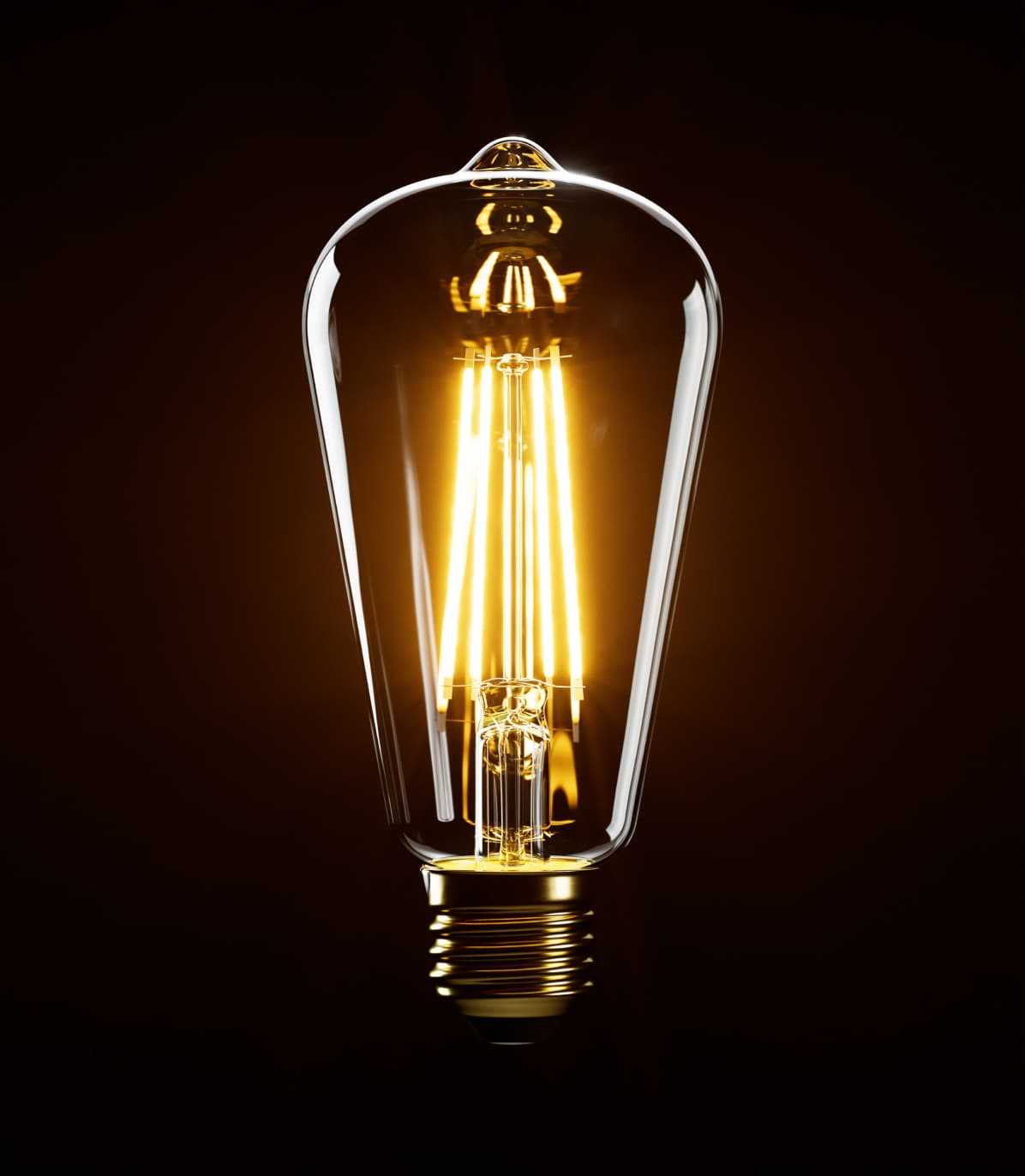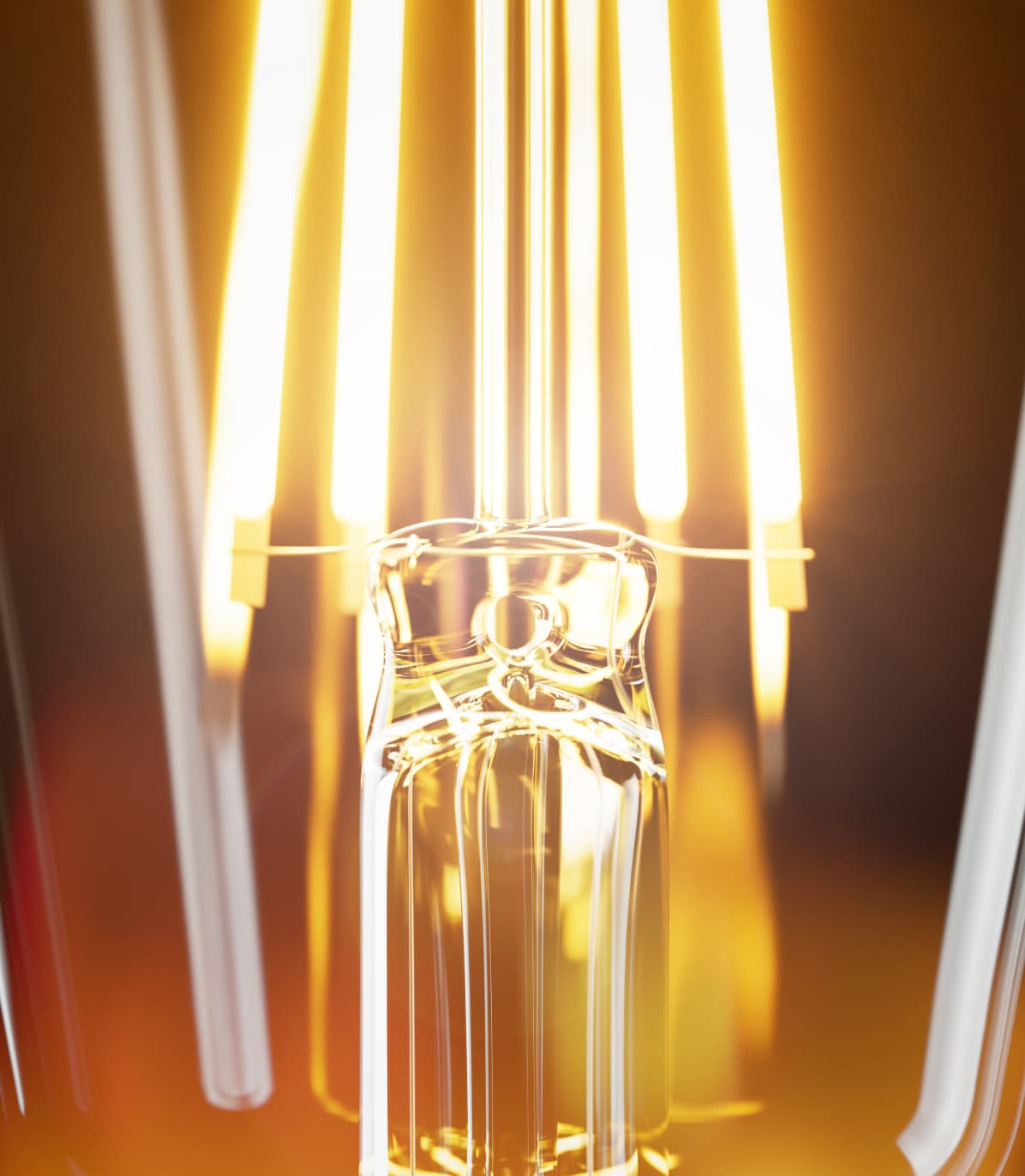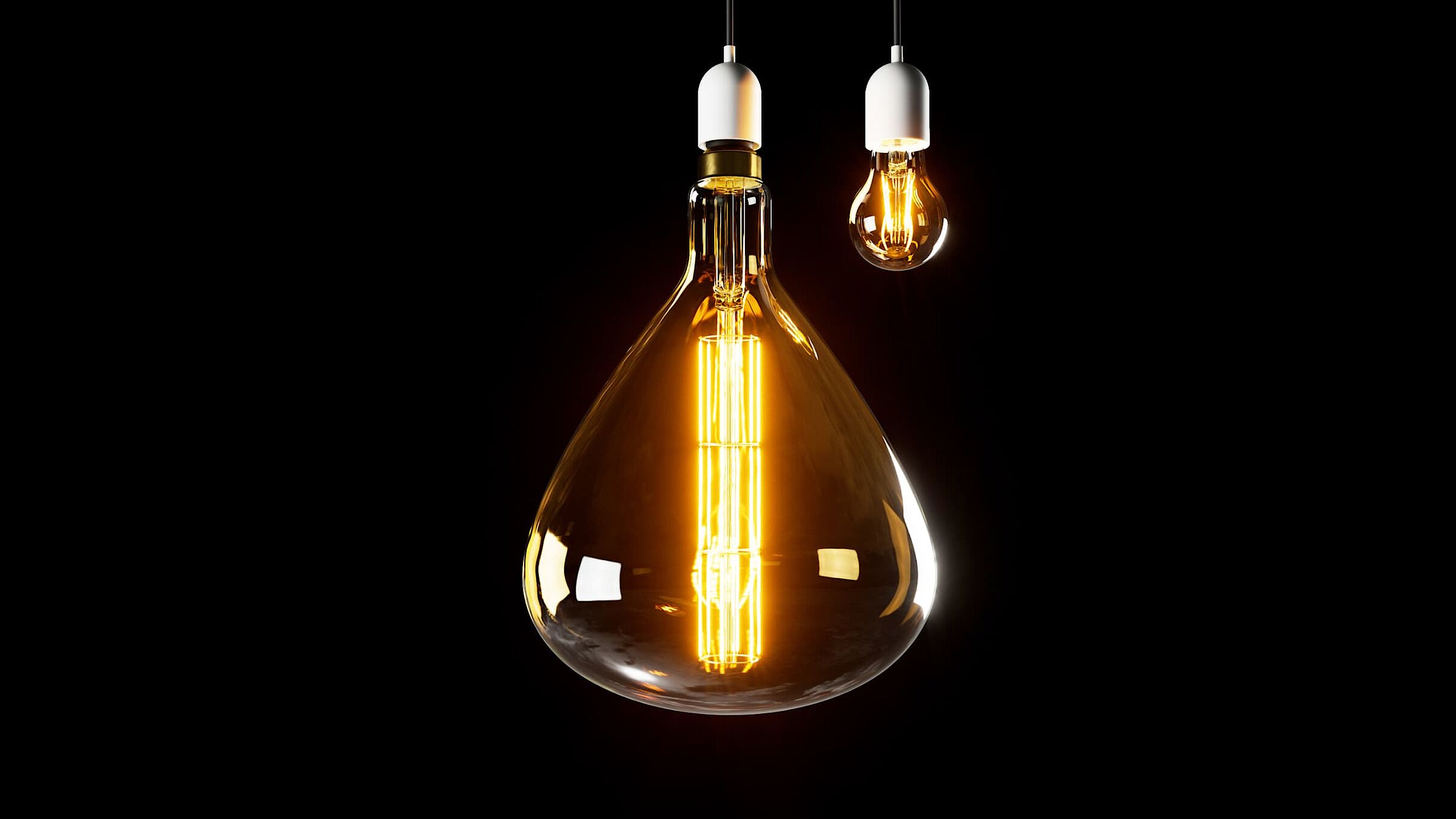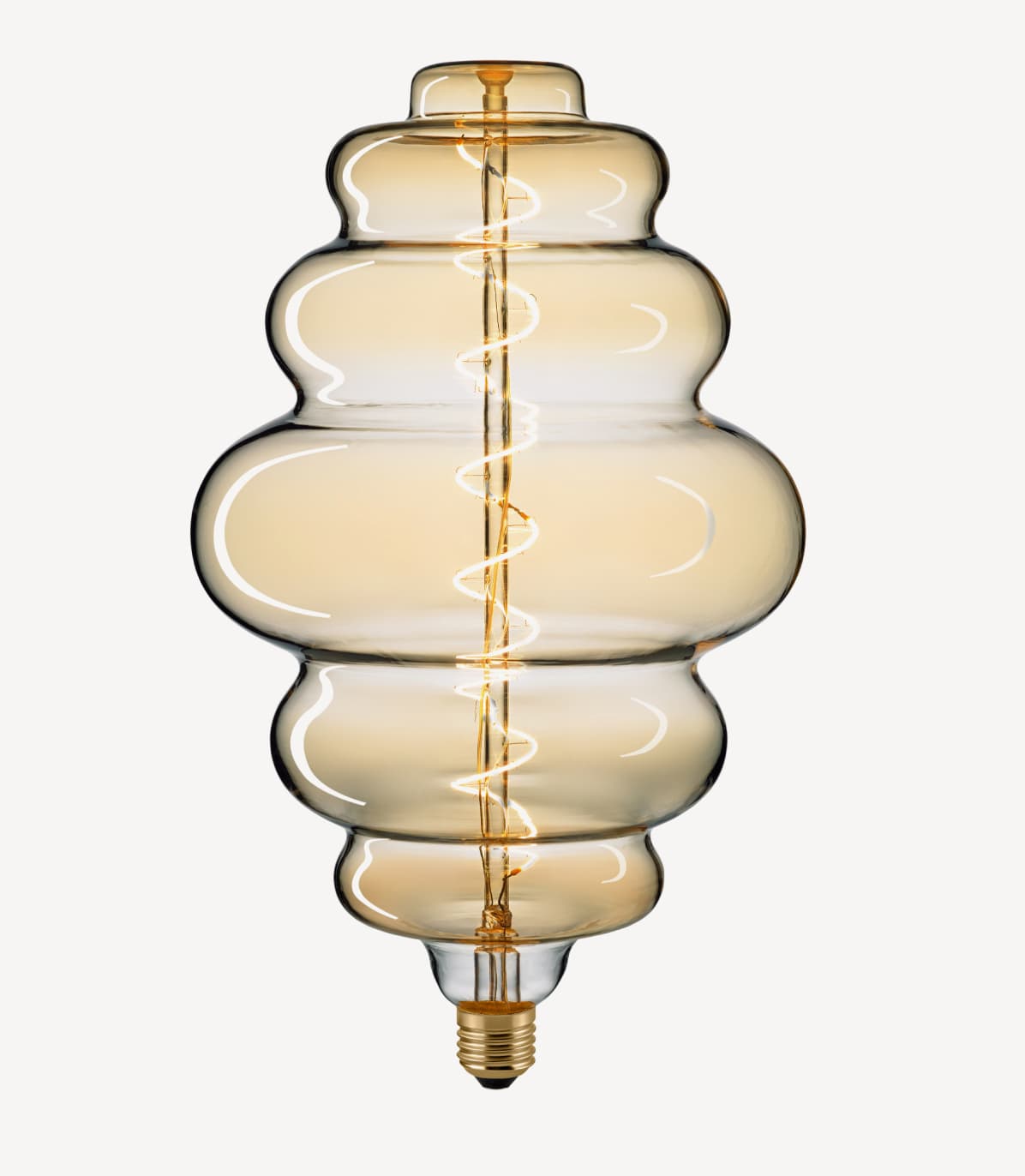Filament lamps
Very high colour rendering up to CRI 95
All lamps made of glass
High dimmer compatibility
Different bulb shapes
From mini to giant, from classic to retro
With a small everyday object like a lamp, we often forget how much artificial light impacts our lives. With our Filament lamps, we make no compromises. They reproduce colours as they appear in daylight and emit a warm, atmospheric light when dimmed – just like traditional incandescent bulbs. We offer them in numerous shapes and variations – from bulb-shaped lamps for refrigerators to Giant lamps as lighting objects.
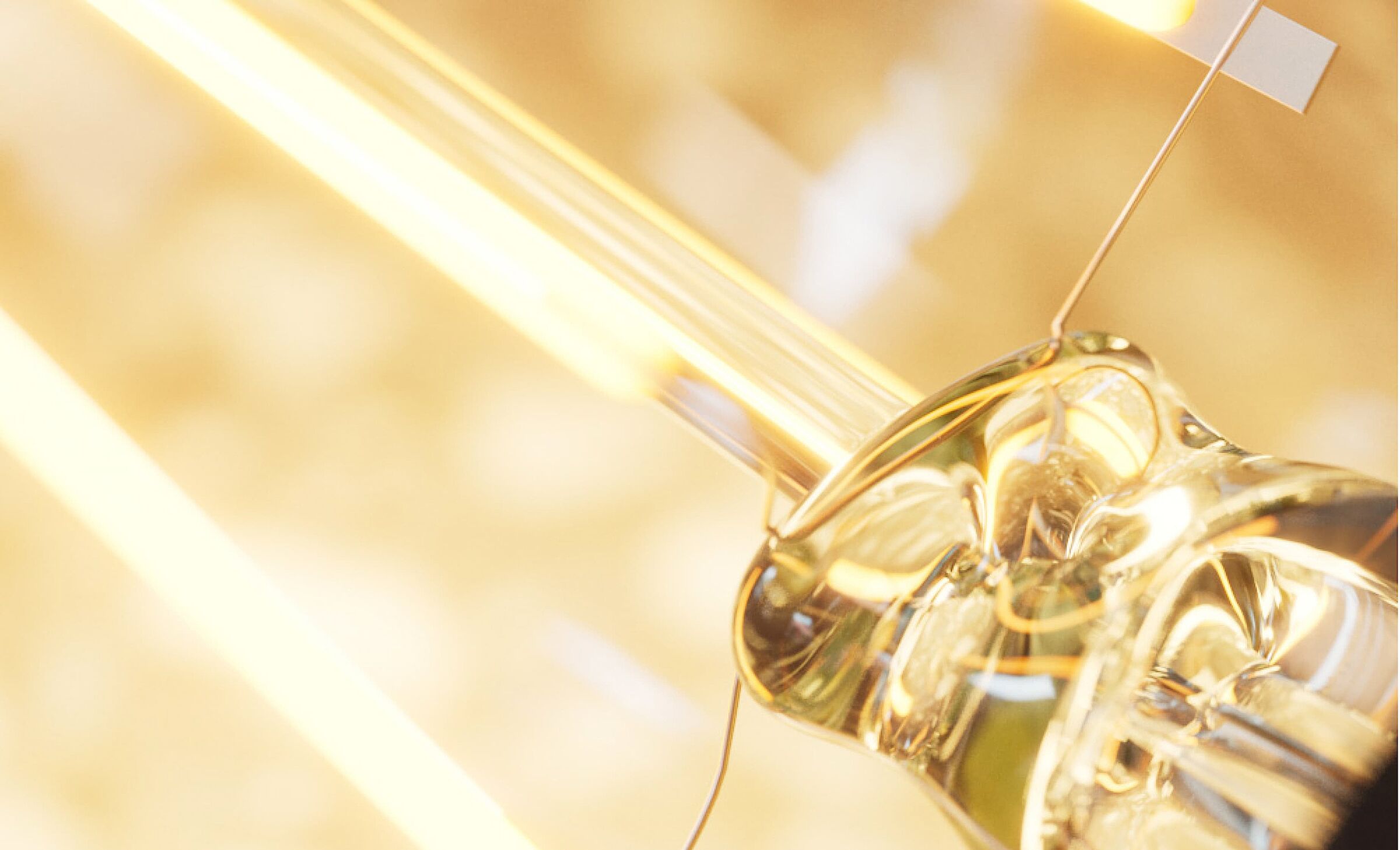
High quality LED filaments
Long service life,
high efficiency,
low flicker index
High-quality filament lamps may seem to cost a lot at first glance, but they quickly pay for themselves. Efficient, energy-saving and with a long service life, they are simply the best the lighting market has to offer at the moment. High-quality LED filaments can be recognised by a lifespan of 20,000 hours and more. They have a low flicker index, meeaaning they are flicker-free and retain their brightness for almost their entire life.
Learn moreLong service life
20,000h
The service life of all lamps is represented in hours. Since it cannot be precisely determined, we refer to it as the average lifespan. Typically, 100 lamps are tested under real conditions. The point at which half of the lamps fail marks the service life. High-quality LED lamps can be identified by a service life of 20,000 hours or more. The average operating time of each lamp in a household is 3,000 hours per year.
Flicker index
SVM <0.4
The 230V alternating current from the power line changes polarity 50 times per second, corresponding to a frequency of 50Hz. Unlike an incandescent bulb, an LED is not sluggish and thus switches on and off at twice the frequency, or 100 times per second. This flickering light can cause stress for both humans and animals, as the body tries to adapt. Although this effect is often only subconsciously perceived, symptoms such as headaches, fatigue, and difficulty concentrating can occur.
To avoid this flickering, an LED lamp ideally needs direct current. Good quality LED lamps integrate converters into the socket to achieve this. In order to make this negative effect recognisable, the Ecodesign Regulation has laid down a new guideline. The measurement parameter used for flicker is the standardised parameter Pst LM (Pst = short term, LM = light flicker measurement method). A PstLM value of 1 means that an average observer detects the flicker with a probability of 50%. The stroboscopic effect is described by the new parameter SVM (Stroboscopic Visibility Measure), where an SVM value of 1 represents the visibility threshold for an average observer. The frequency range from 80 to 2,000 Hz is considered. With the new Eco-design Directive, flicker parameters for assessing short-term perceptibility must not exceed a PstLM value of 1.0, and the stroboscopic effect parameters must not exceed a maximum SVM value of 0.4.

